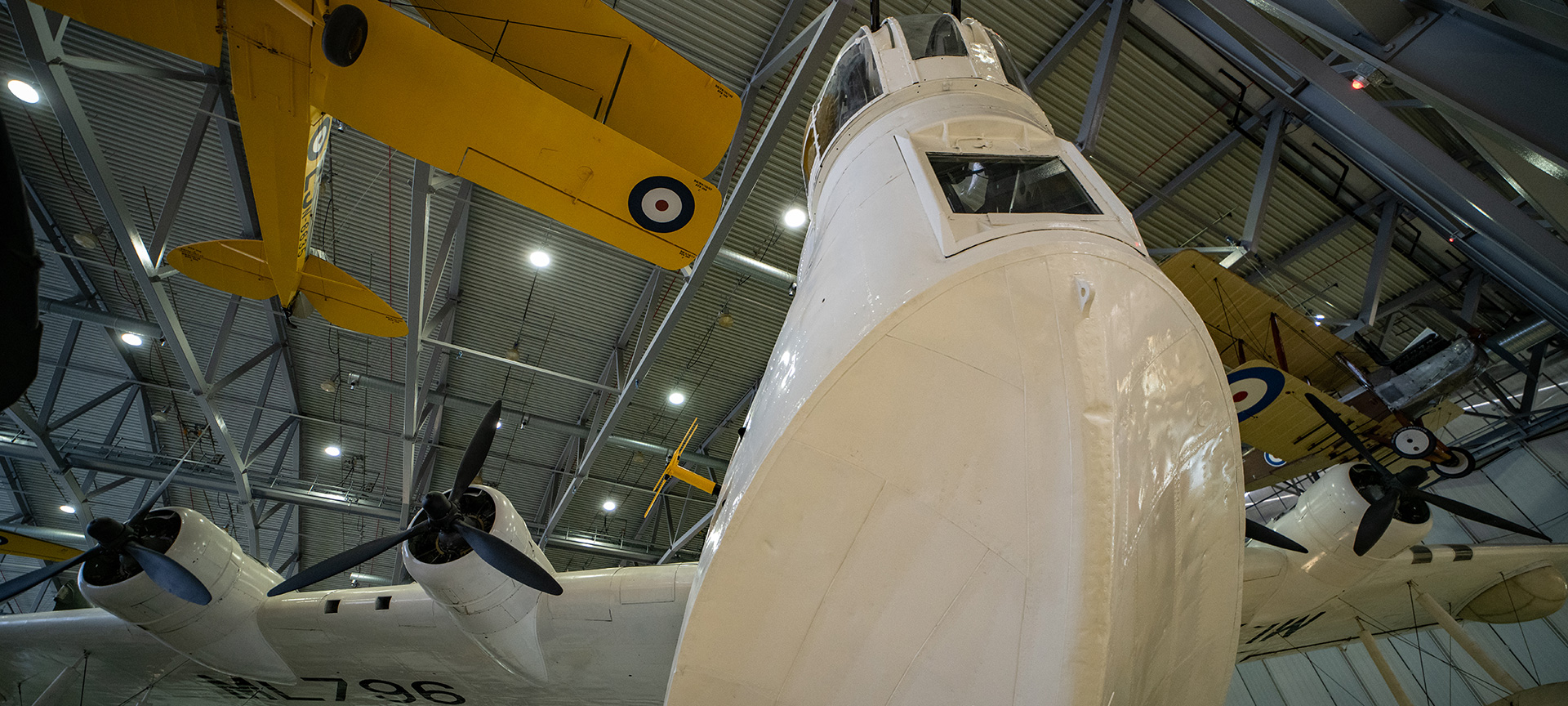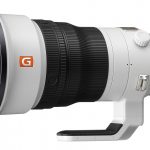
Samyang AF 14mm f/2.8 F test: awesome autofocus
Posted on Oct 25, 2018
Samyang started its optical journey with manual focus lenses and very popular they have proved to be, offering high performance coupled with competitive prices
Samyang is gradually turning its sights on to autofocus, and this ultra wide is its first autofocus lens for Nikon – it is already on sale in Canon fit. Mounted on a Nikon D850, it makes for a nice handling combination. The body is still the senior partner and overall balance is good. If you want a comparison, the Nikon 14mm f/2.8 D AF ED weighs 150g more and costs close to £1000 extra.

The autofocus mechanism is impressive, being very fast, dead quiet and sensitive. The ultra-wide focal length means that a great deal of the scene is sharp through the viewfinder and you can see the lens respond when you aim it at different parts of the scene which are quite close together. This sensitivity and surefootedness stays with the lens even as you get in close and in low light levels, too. I know it’s the camera that is doing the heavy lifting with autofocus but an amenable partner is still needed, and this Samyang proved to be that.
Overall, there is nothing of note to quibble about in this lens’ AF skills. Should the system not latch onto your subject, just use the focus barrel. This free-running barrel is good to use, although I’d prefer it to be rubber-covered rather than machined metal knurling, which is what is provided.
The lack of a focusing scale isn’t a deal-breaker and the same would apply to the complete absence of a depth-of-field scale. You just know it’s an ultra wide so setting an aperture of f/8 and leaving the focus at about two metres will give you plenty of front to back sharpness. No distance scale means you just have to use your judgement on what is two metres from the camera, which isn’t difficult.

The focus barrel is free running and manual focus override is full-time – you don’t need to use the AF/MF switch on the D850. The downside for me is that it does seem to take an age to get from infinity down to the lens’s 20cm close-focus distance.
Optically, the lens is a class act, especially taking its price into account. In fact, it’s a bargain for a lens of this type.
It is sharp at the centre from f/2.8 onwards with fine detail really well recorded. Picture quality does drop off a little as you move towards the edges but I thought the overall optical performance wide open belied the lens’s comparatively modest price. I’d happily use this optic at f/2.8 knowing that it will deliver quality results suitable for serious enlargement.

The picture, literally, improved with stopping down and while f/2.8 delivered a fine performance, the resolution of fine detail perked up considerably at f/4 and then even more at f/5.6. This applied in particular to the edges but there was a benefit to the centre. The best overall showing was at f/8 with f/11 not lagging too far behind.
Diffraction kicked in at f/16 and f/22 but its impact really wasn’t too bad.
Vignetting and wide-angle lenses often go hand in hand and so it was here, too, and at f/2.8 that vignetting was very obvious, so much so that the corners looked underexposed. Stopping down even to f/4 helped to give a more balanced image. That said, I quite liked the tunnel vision effect at f/2.8 and it can be remedied in software. The same applies to the lens’s distortion, and straight lines were not always rendered truly as you moved in close to the subject.
Verdict
Ultra-wide-angle lenses are not everyone’s cup of tea, but if you like dramatic foregrounds and the wide-angle distortion you get when you move in close, they are great fun. Their cost can be prohibitive, though, and they can be bulky. However, Samyang’s AF 14mm f/2.8 F offers great value and it’s compact given its extreme wide view. Now in Nikon fit as well as Canon fit, this Samyang is well worth a serious look because it is a fine lens.
Pros: Quiet, fast and smooth AF, compact for such a wide lens, weatherproof, great handling, useful close focusing distance
Cons: Knurled metal finish of focus barrel – rubber grip would feel nicer
Specs
| Price | £649. Canon-fit version already available at same price |
| Format | 35mm full-frame and APS-C |
| Mount | Nikon F |
| Construction | 15 elements in 10 groups |
| Special lens elements | 2 aspherical, 1 extra low dispersion, 4 high refractive elements |
| Coatings | Ultra Multi Coating |
| Filter size | N/A |
| Aperture range | F/2.8-22 |
| Diaphragm | 7 blades |
| Internal focus | Yes |
| Manual focus | AF/MF switch |
| Minimum focus | 20cm |
| Focus limiter | No |
| Maximum magnification | X0.15 |
| Distance scale | No |
| Depth-of-field scale | No |
| Image stabiliser | No |
| Tripod collar | N/A |
| Lens hood | Supplied |
| Weather-sealed | Yes |
| Dimensions (lxd) | 93.1×90.5mm |
| Weight | 520g (with lens hood) |
As featured in issue 60 of Photography News.







